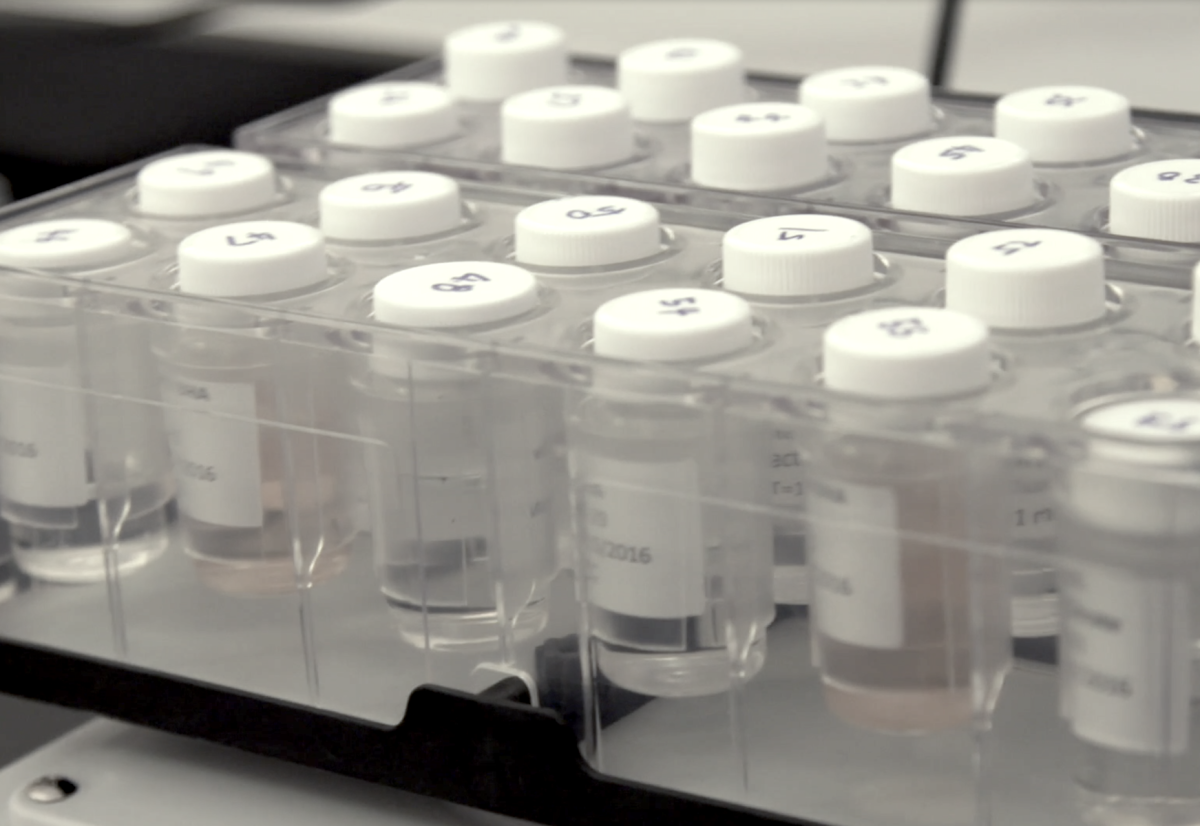Topical products have always held a special niche within the pharmaceutical world. They are uniquely poised at the intersection of medicine and cosmetic appeal, requiring both clinical efficacy and user acceptability. Delving into the realm of topical product development reveals an intricate landscape where science meets consumer needs in profound ways.
A Multifaceted Approach to Development
Topical product development isn’t just about concocting a mixture with the desired drug or active ingredient. It encompasses a holistic approach that considers the specific target condition, the unique challenges of skin application, and the aesthetics that influence patient compliance.
- Targeted Delivery for Specific Conditions: Different skin conditions require diverse therapeutic approaches. For instance, a formulation for eczema would differ vastly from one meant for acne. The active ingredients, their concentrations, and even the vehicle used can vary based on the indication.
- Formulation Challenges: The skin, our body’s protective barrier, is designed to keep things out. Making a drug that not only remains on the skin but also penetrates it to reach its target site involves immense expertise. The product must also remain stable and effective throughout its shelf life, not a trivial challenge considering the myriad of ingredients and their potential interactions.
- Cosmetic Appeal: This cannot be emphasized enough. A topical product could be clinically effective, but if it feels greasy, takes too long to absorb, or has an off-putting odor, patients are less likely to use it consistently.
Types of Topical Formulations
The world of topical formulations is vast and varied. Here’s a brief glance:
- Gels: Often water-based, these are lightweight and can be cooling upon application. They’re great for oily or acne-prone skin.
- Creams: Typically heavier than gels and provide more hydration. They can be used for a wide range of conditions.
- Ointments: These have the highest oil content, making them the most hydrating but also potentially the greasiest. They’re often used for extremely dry or irritated skin.
- Lotions, Sprays, and Solutions: These can offer a lighter feel and are often used for conditions requiring broader application areas.
Incorporating Modern Technology
As the field of topical product development advances, it increasingly leverages state-of-the-art technologies:
- Nanotechnology: By creating microscopic carriers for drugs, it’s possible to enhance penetration and target delivery more precisely.
- Drug-release systems: Innovations here ensure that the active ingredient is released slowly over time, providing prolonged action and reducing the frequency of application.
Consumer-Centric Development
Companies like Dow Development Laboratories, with their deep-rooted expertise in topical product development, recognize the importance of consumer feedback. Their approach ensures that products not only meet clinical standards but also resonate with consumers’ preferences and lifestyles.
The Regulatory Hurdle
Gaining regulatory approval is a significant milestone in the journey of any pharmaceutical product. For topicals, this means rigorous testing to ensure safety, efficacy, and quality. Stability under various conditions, compatibility with packaging, and ensuring the product remains effective throughout its shelf life are all pivotal considerations.
Looking Ahead
The future of topical product development holds immense promise. With continuous advancements in technology and a growing understanding of skin biology, the next generation of topicals is set to be even more effective, user-friendly, and tailored to individual needs.
As the industry continues to push boundaries and innovate, it reaffirms the notion that the world of topical product development is as dynamic and layered as the skin it seeks to treat.

